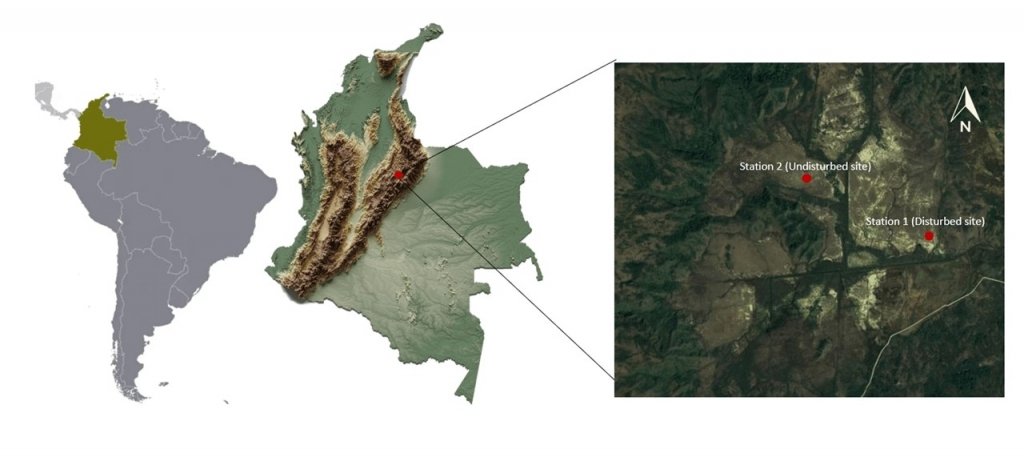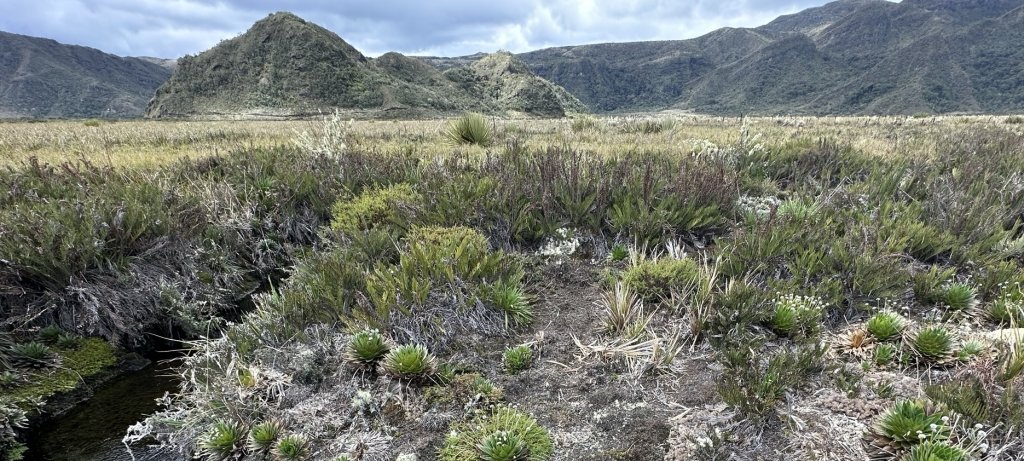Introduction:
Peatlands occupy ~ 4% of the land surface and contain ~1/3 of all soil carbon. Unfortunately, degraded peatlands contribute >4% of all anthropogenic GHG emissions and annually release more carbon than global aviation. Peatland conservation and restoration are excellent natural climate solutions, which is a suite of strategies that aim to reduce greenhouse gas emissions and sequester carbon by protecting, restoring, or enhancing natural systems.
Restoration Goal:
The goal of this project to quantify the greenhouse emissions before and after restoration of a peatland in the Colombian Andes.
Location:
This study was conducted in a large peatland in the Colombian- northern Andes (Fig. 1). in the Vista Hermosa Ecological Reserve, near Bogota, at an elevation of 3000 m.s.n.m and has a peat deposit of 3 m. This site has a long history of disturbance, several attempts were made to drain it for agricultural and grazing by creating an extensive system of ditches.

Activities:
We are monitoring carbon fluxes (CO2 and CH4) in static chambers and with two eddy flux towers in a reference and degraded portion of the peatland. We will be restoring the degraded section in early 2024 and monitoring changes in carbon cycling.
Partners:
This research a collaboration between Michigan Tech (Rod Chimner, Ricardo Ricardo Jaramillo Teran), US Forest Service (Erik Lilleskov), and Pontificia Universidad Javeriana (Juan Benavides) as part of the SWAMP program. Learn more about SWAMP.

